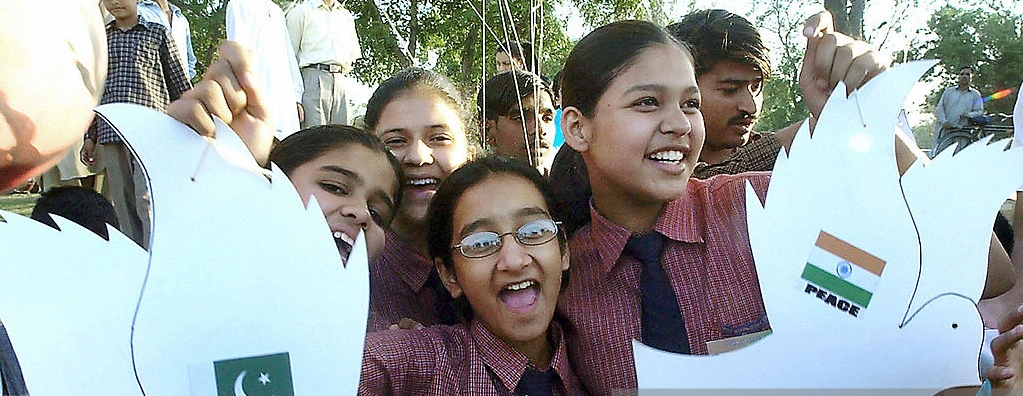
Voices this Week draws together published material on an important strategic issue in South Asia. This week, nuclear issues in South Asia, including: cooperative risk reduction measures, confidence building measures – including Track II approaches to nuclear issues in South Asia, and nuclear doctrine.
Sitakanta Mishra and Mansoor Ahmed, two South Asian Voices bloggers, recently completed a report on: “Cooperative Measures to support the India-Pakistan Agreement on Reducing Risk of Accidents Relating to Nuclear Weapons,” available here. The study proposes a framework for cooperative measures between the two countries that might enhance the spirit and implementation of the 2007 agreement. It “outlines the measures in place for the physical protection and safety of nuclear warheads, nuclear materials, and command and control mechanisms in the two countries, and it goes on to identify the prominent, emerging challenges posed by the introduction of new weapon technologies and modernization of the respective strategic forces.”
In “U.S.-Pakistani Nuclear Relations: A Strategic Survey,” Feroz Hassan Khan and Ryan W. French draw from a decade of Track II meetings to survey U.S.-Pakistani debate in four areas: nuclear proliferation, Indo-Pakistani nuclear stability, the security and safety of Pakistan’s nuclear program, and the future of nuclear energy in Pakistan.
In addition to insights on the trajectory of Pakistan’s nuclear posture and strategic thought postures, Khan and French identify deficiencies in and potential solutions for Track II processes with Pakistan. They find that Track II discussions and findings – currently ongoing in the areas of nuclear proliferation, stability, security and safety, and energy – while providing an opportunity for candid debate, have limitations. In particular, Khan and French assert that “Track II finding are slow to influence official policy due to bureaucratic inertia. Furthermore, Track II suffers from redundancy because there are numerous sponsors and performers with no unity of effort.” Still, the authors agree that the benefits of Track II efforts do outweigh their limitations: “Track II ‘redundancy’ generates a bank of expert analysis and provides deeper insight into a country’s strategic culture and threat perceptions. Moreover, Pakistani officials maintain a finger on the pulse of Track II discourse and are therefore continually exposed to fresh policy ideas.”
Finally, continuing the debate on a possible revision to India’s nuclear doctrine, PR Chari identifies several weaknesses of India’s current stance of No First Use and Massive Retaliation. He notes that it is “arguable that India’s commitment to a no-first-use posture has encouraged Pakistan to adopt its present adventurist strategy, secure in the belief that it could undertake provocative actions without the angst that India might contemplate a nuclear riposte.” He also asserts that India’s current doctrine, as articulated in 2003, fails to address the “present and imminent danger” of an attack by nonstate actors. Chari concludes that:
“A reasoned debate on [India’s nuclear doctrine] is overdue. India’s nuclear doctrine is not cast in tablets of stone. Circumstances change, making periodical reviews of the nuclear doctrine essential. India’s nuclear doctrine has not been revisited for over a decade. The issues that suggest themselves for review are India’s command-and-control arrangements, which require greater clarity; the threat held out of assured massive retaliation, which forebodes self-annihilation; imparting greater content to the objective of credible minimum deterrence; and revisiting or abandoning the no-first-use policy in light of its numerous deficiencies.”
***
Image: Arif Ali-AFP, Getty